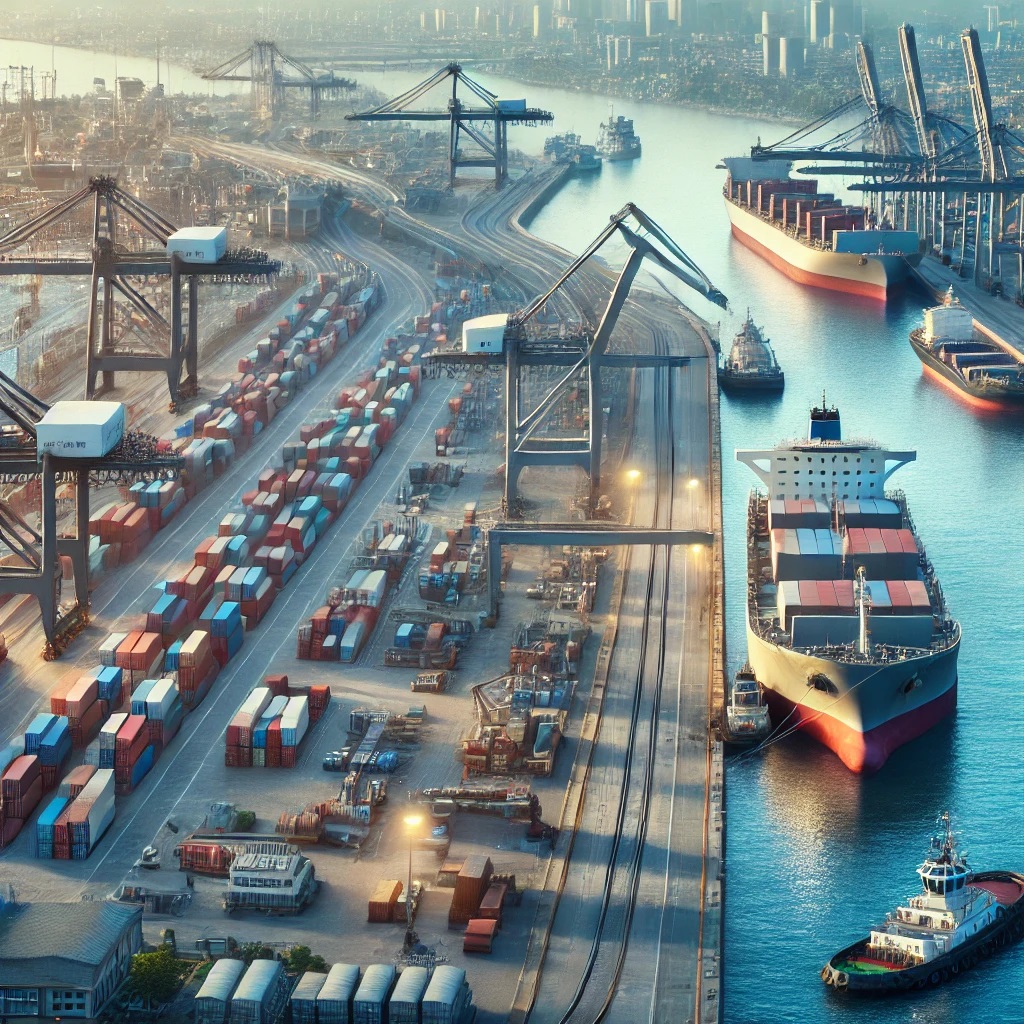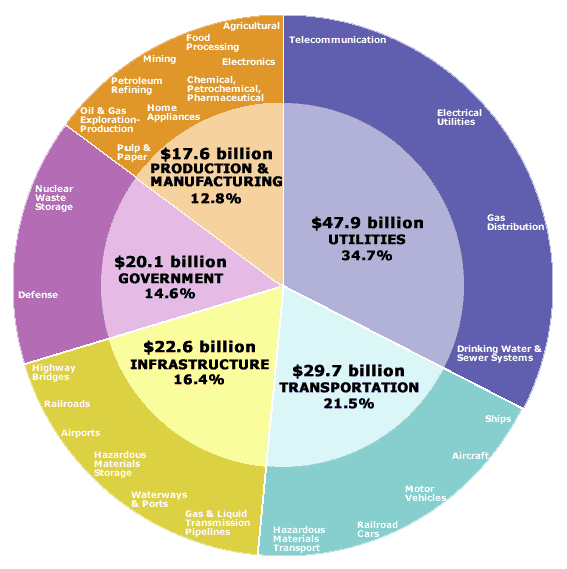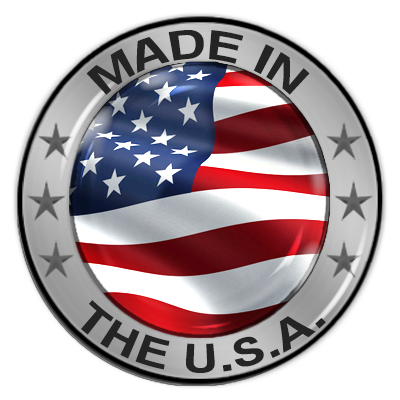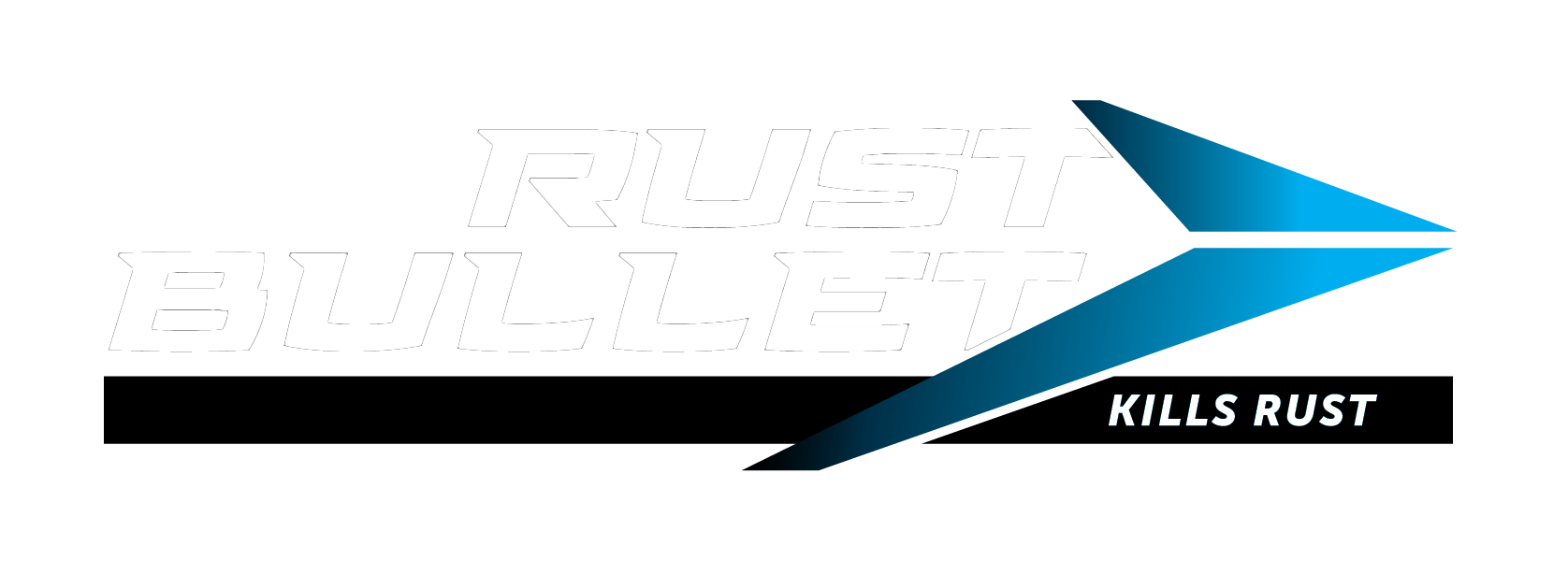Cost of Corrosion – Waterways & Ports


In the United States, 40,000 km (25,000 mi) of commercial navigable waterways serve 41 states, including all states east of the Mississippi. Hundreds of locks facilitate travel along these waterways. In January 1999, 135 of the 276 locks had exceeded their 50-year design life. U.S. ports play an important role in connecting waterways, railroads, and highways. The Nation’s ports include 1,914 deep water (seacoast and Great Lakes) and 1,812 along inland waterways. Corrosion is typically found on piers and docks, bulkheads and retaining walls, mooring structures, and navigational aids. There is no formal tracking of corrosion costs in these structures. Based on cost numbers obtained from the Army Corps of Engineers and Coast Guard, an annual corrosion cost of $0.3 billion could be estimated. It should be noted that this is a low estimate since the corrosion costs of harbor and other marine structures are not included.
Corrosion is typically found in piers and docks, bulkheads and retraining walls, mooring structures, and navigational aids. There is no formal tracking of corrosion-related costs. The Army Corps of Engineers estimated annual corrosion-related cost on locks and dams to be approximately $70 million at five percent of the operation and maintenance budget of $1.4 billion. Because of the aging of the structures, however, high replacement costs are anticipated, due in part, to corrosion. The annual corrosion cost of ports and waterways owned and/or operated by public port authorities is estimated at $182 million.

How Much is Corrosion Costing You?

-
facebook
-
YouTube



Outside of US: 1-775-829-5606
Toll Free: 1-800-245-1600
Canada Toll Free: 1-800-789-3993
Email: Support@RustBullet.com
Monday-Friday 8:30am to 5:00pm PST
300 Brinkby Ave., Suite 200
Reno, NV 89509
USA
© 2025 Rust Bullet, LLC. All Rights Reserved.

